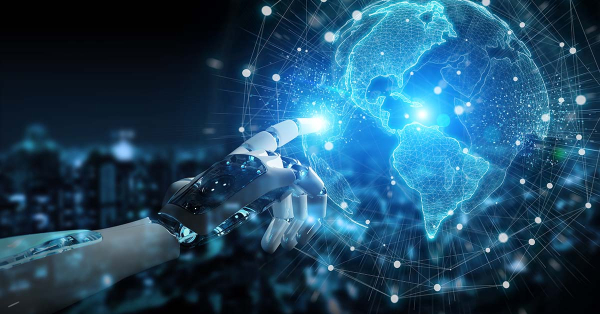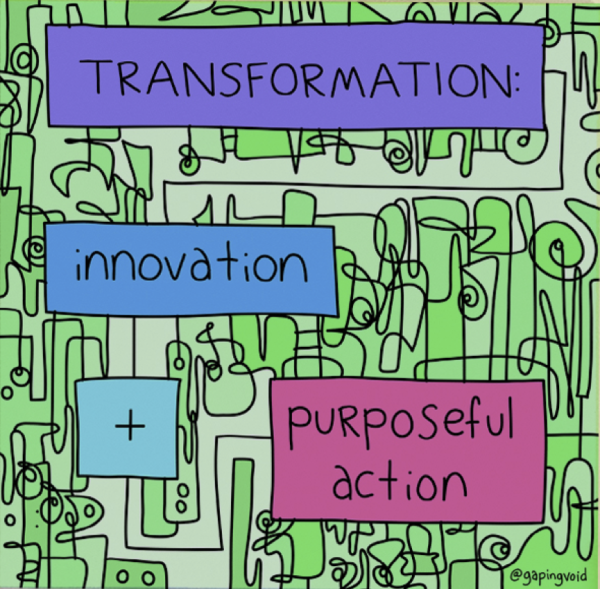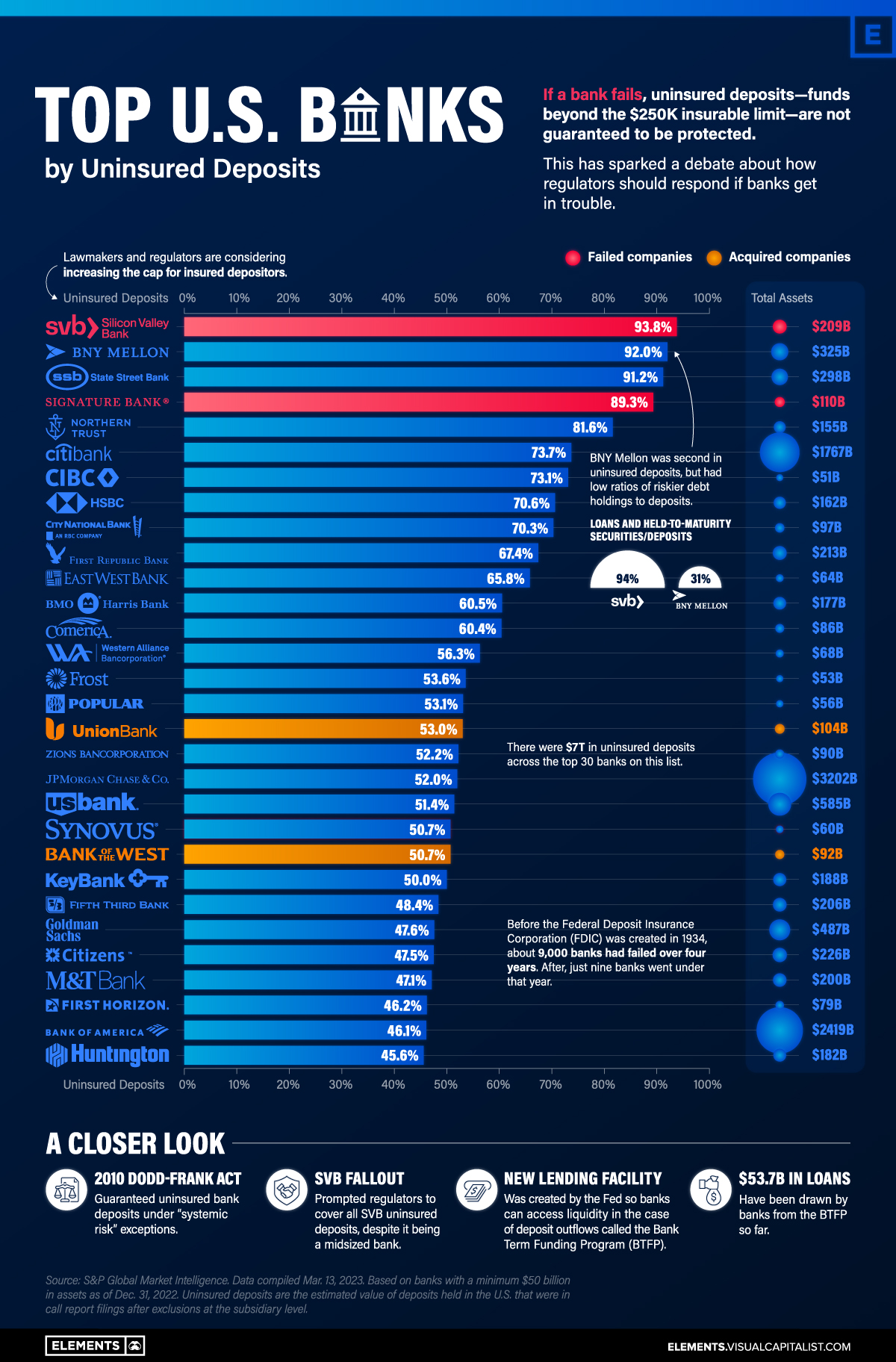Several high-profile names (including Elon Musk) have penned an open letter calling for the pause of the creation of models more powerful than GPT-4.
In March, OpenAI unveiled GPT-4, and people were rightfully impressed. Now, fears are even greater about the potential consequences of more powerful AI.
The letter raises a couple of questions.
Should we let machines flood our information channels with propaganda and untruth? Should we automate away all the jobs, including the fulfilling ones? Should we develop nonhuman minds that might eventually outnumber, outsmart, obsolete and replace us? Should we risk loss of control of our civilization? – Pause Giant AI Experients: An Open Letter
The crux of their message is that we shouldn't be blindly creating smarter and more robust AI until we are confident that they can be managed and controlled to maintain a positive impact.

During the pause the letter calls for, the suggestion is for AI labs and experts to jointly develop and implement safety protocols that would be audited by an independent agency. At the same time, the letter calls for developers to work with policymakers to increase governance and regulatory authorities.
My personal thoughts? Trying to stop (or even pause) the development of something as important as AI is naive and impractical. From the Industrial Revolution to the Information Age, humanity has always embraced new technologies, despite initial resistance and concerns. The AI Age is no different, and attempting to stop its progress would be akin to trying to stop the tide. On top of that, AI development is a global phenomenon, with researchers, institutions, and companies from around the world making significant contributions. Attempting to halt or slow down AI development in one country would merely cede the technological advantage to other nations. In a world of intense competition and rapid innovation, falling behind in AI capabilities could have severe economic and strategic consequences.
It is bigger than a piece of software or a set of technological capabilities. It represents a fundamental shift in what's possible.
The playing field changed. We are not going back.
The game changed. That means what it takes to win or lose changed as well.
Yes, AI ethics is an important endeavor and should be worked on as diligently as the creation of new AI. But there is no pause button for exponential technologies like this.
Change is coming. Growth is coming. Acceleration is coming. Trying to reject it is an exercise in futility.
We will both rise to the occasion and fall to the level of our readiness and preparedness.
Actions have consequences, but so does inaction. In part, we can't stop because bad actors certainly won't stop to give us time to combat them or catch up.
When there is some incredible new "thing" there will always be some people who try to avoid it … and some who try to leverage it (for good and bad purpose).
There will always be promise and peril.
What you focus on and what you do remains a choice.

Whether AI creates abundance or doomsday for you will be defined largely by how you perceive and act on the promise and peril you perceive. Artificial intelligence holds the potential to address some of the world's most pressing challenges, such as climate change, disease, and poverty. By leveraging AI's capabilities, we can develop innovative solutions and accelerate progress in these areas.
It's two sides of the same coin. A 6-month hiatus won't stop what's coming. In this case, we need to pave the road as we traverse it.
We live in interesting times!
What do you think?





